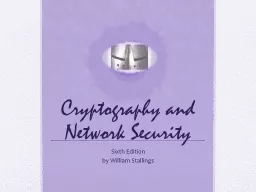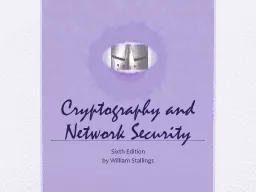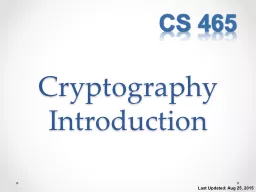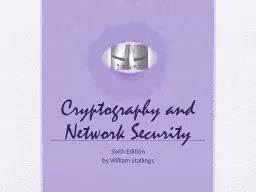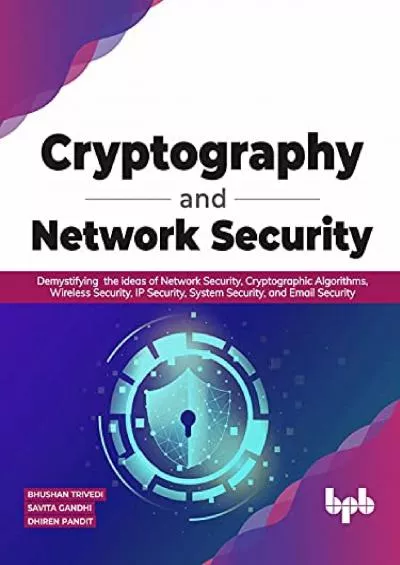PPT-Cryptography and Network Security
Author : debby-jeon | Published Date : 2016-03-12
Sixth Edition by William Stallings Chapter 17 TransportLevel Security Use your mentality Wake up to reality From the song Ive Got You Under My Skin by Cole Porter
Presentation Embed Code
Download Presentation
Download Presentation The PPT/PDF document "Cryptography and Network Security" is the property of its rightful owner. Permission is granted to download and print the materials on this website for personal, non-commercial use only, and to display it on your personal computer provided you do not modify the materials and that you retain all copyright notices contained in the materials. By downloading content from our website, you accept the terms of this agreement.
Cryptography and Network Security: Transcript
Download Rules Of Document
"Cryptography and Network Security"The content belongs to its owner. You may download and print it for personal use, without modification, and keep all copyright notices. By downloading, you agree to these terms.
Related Documents

